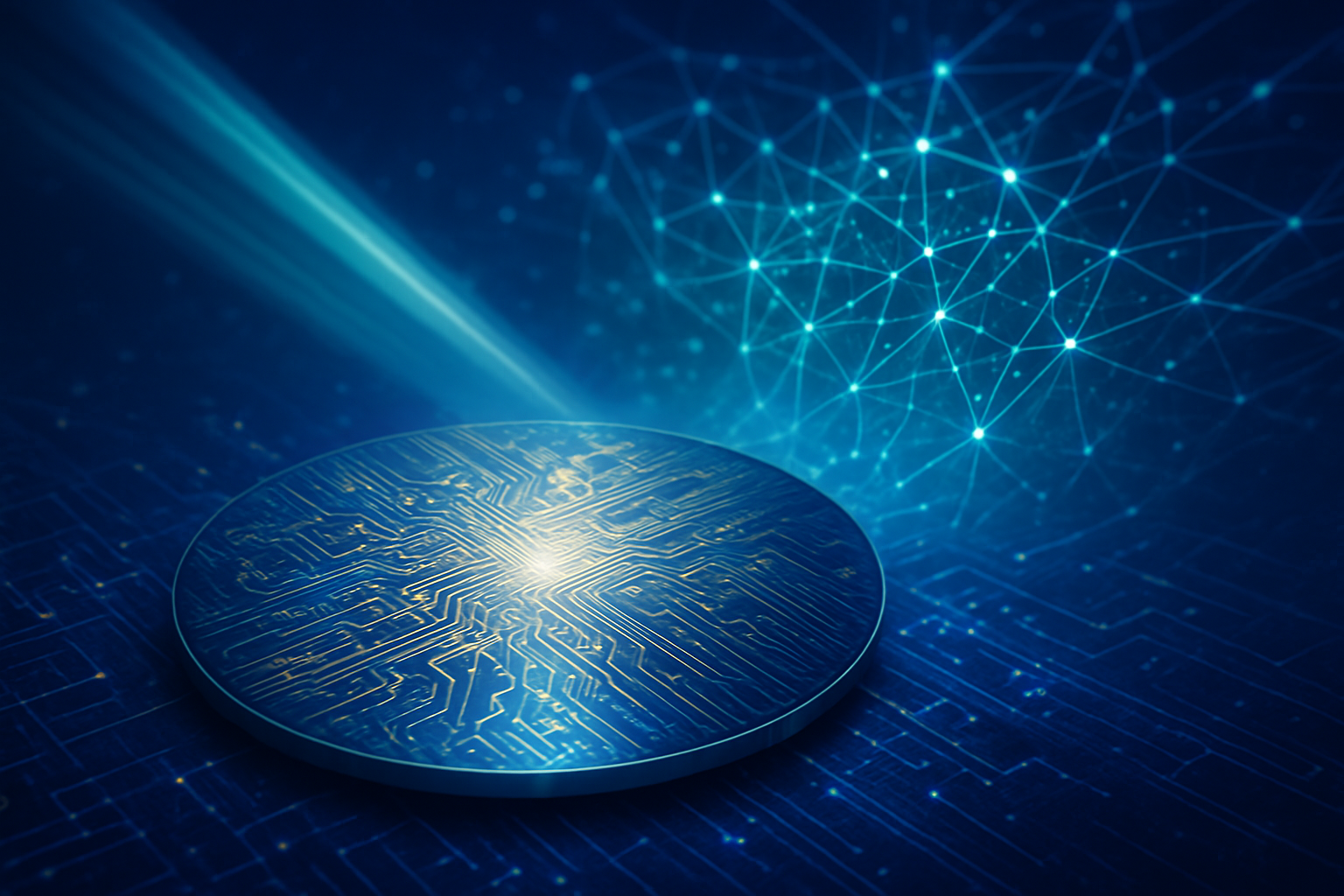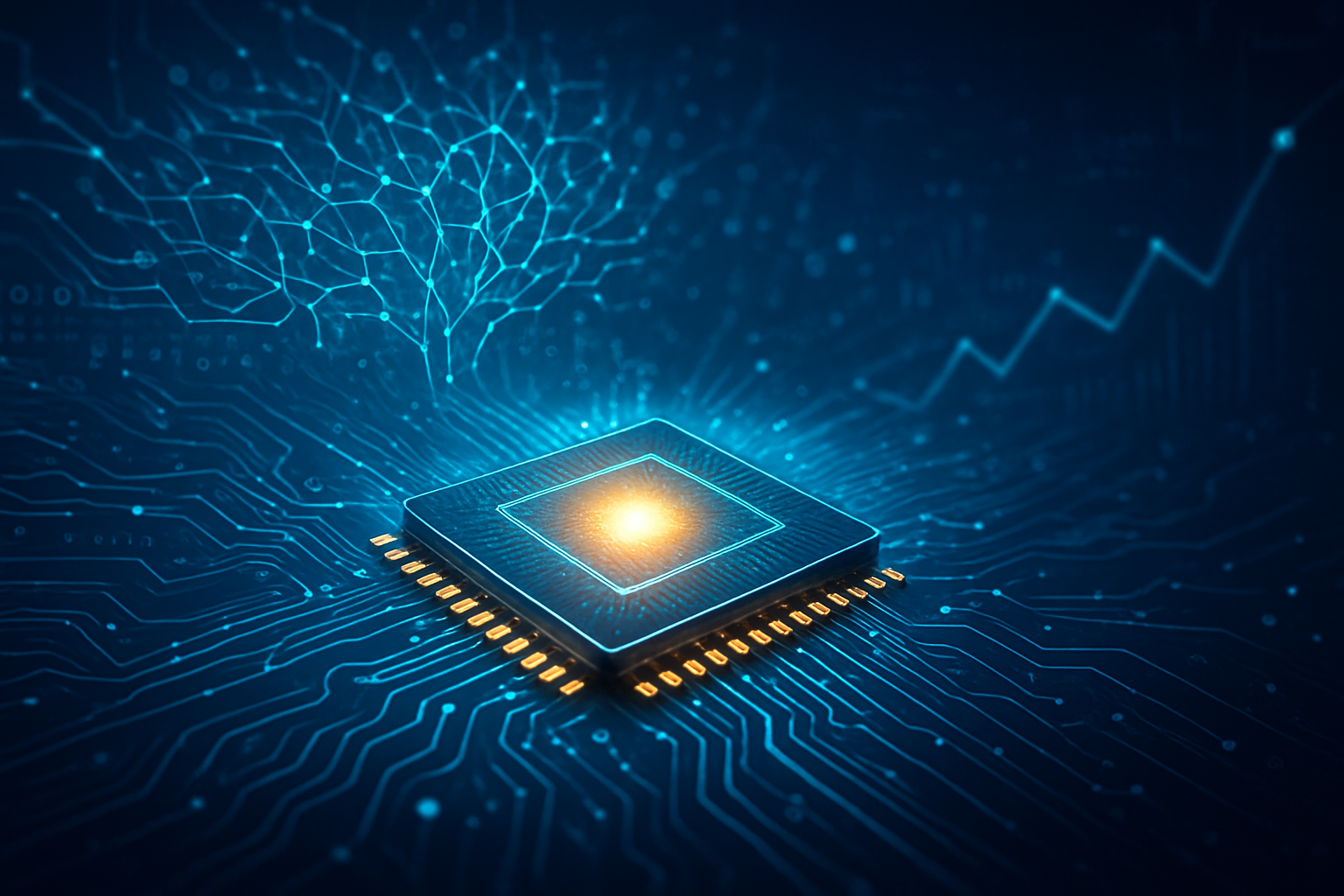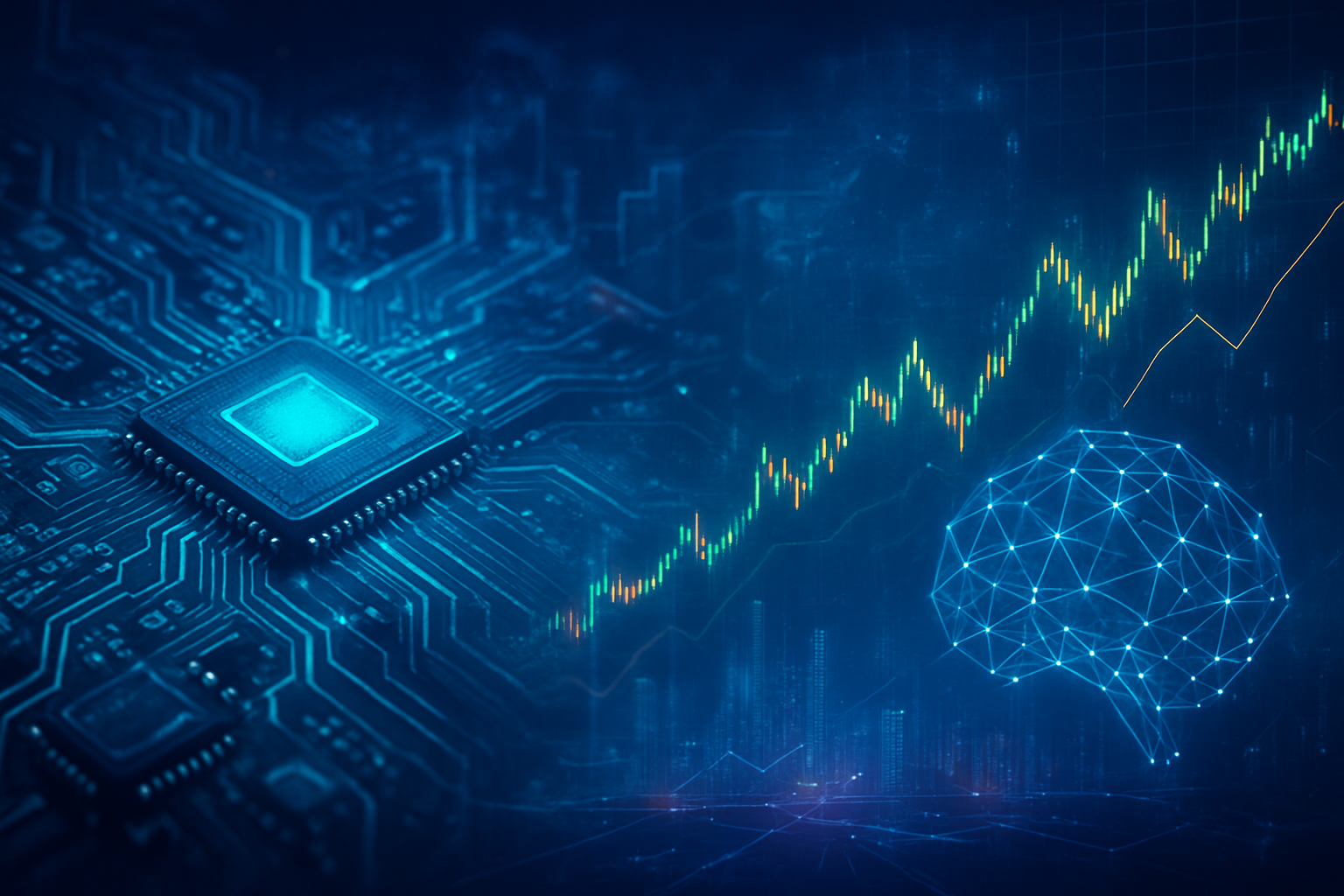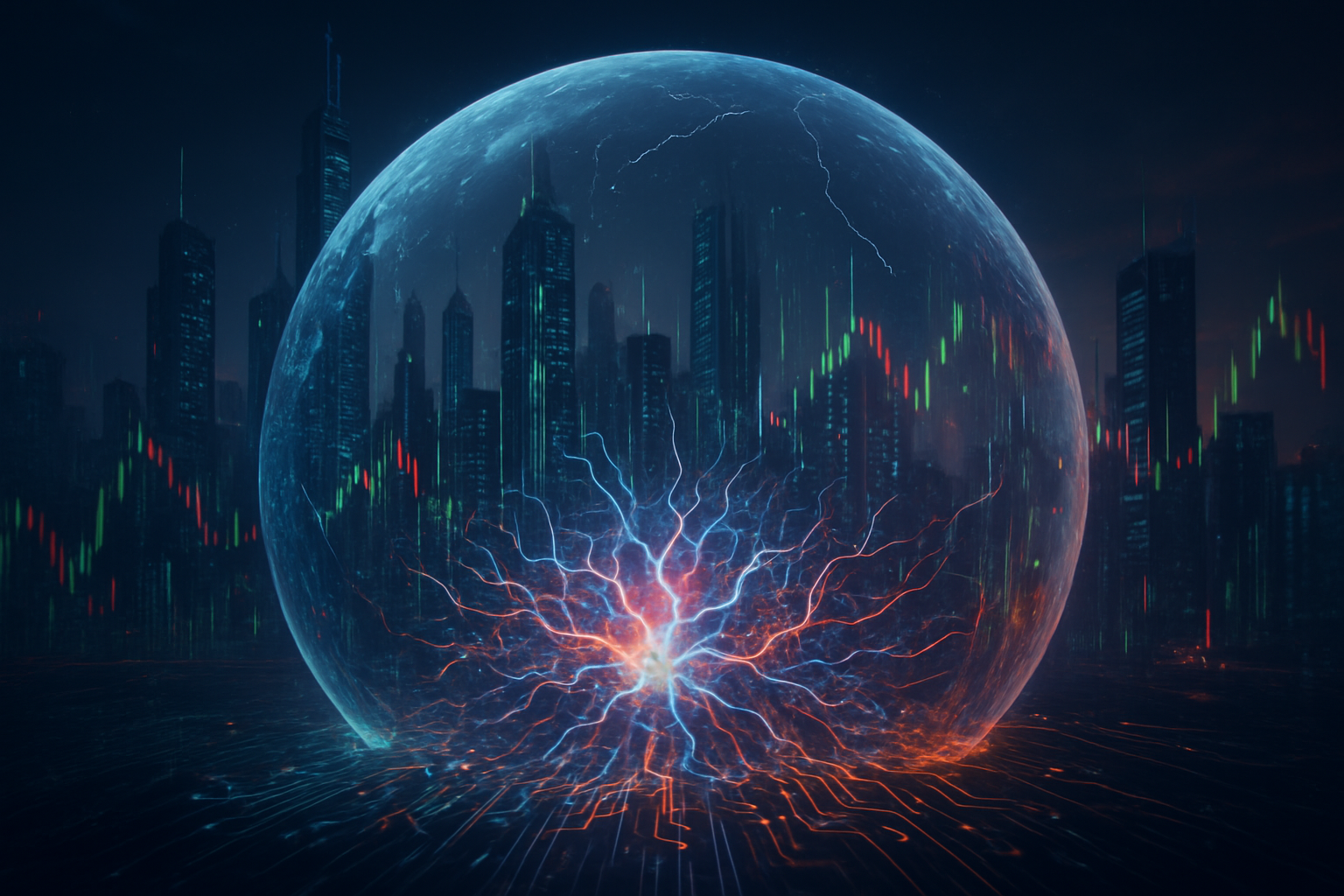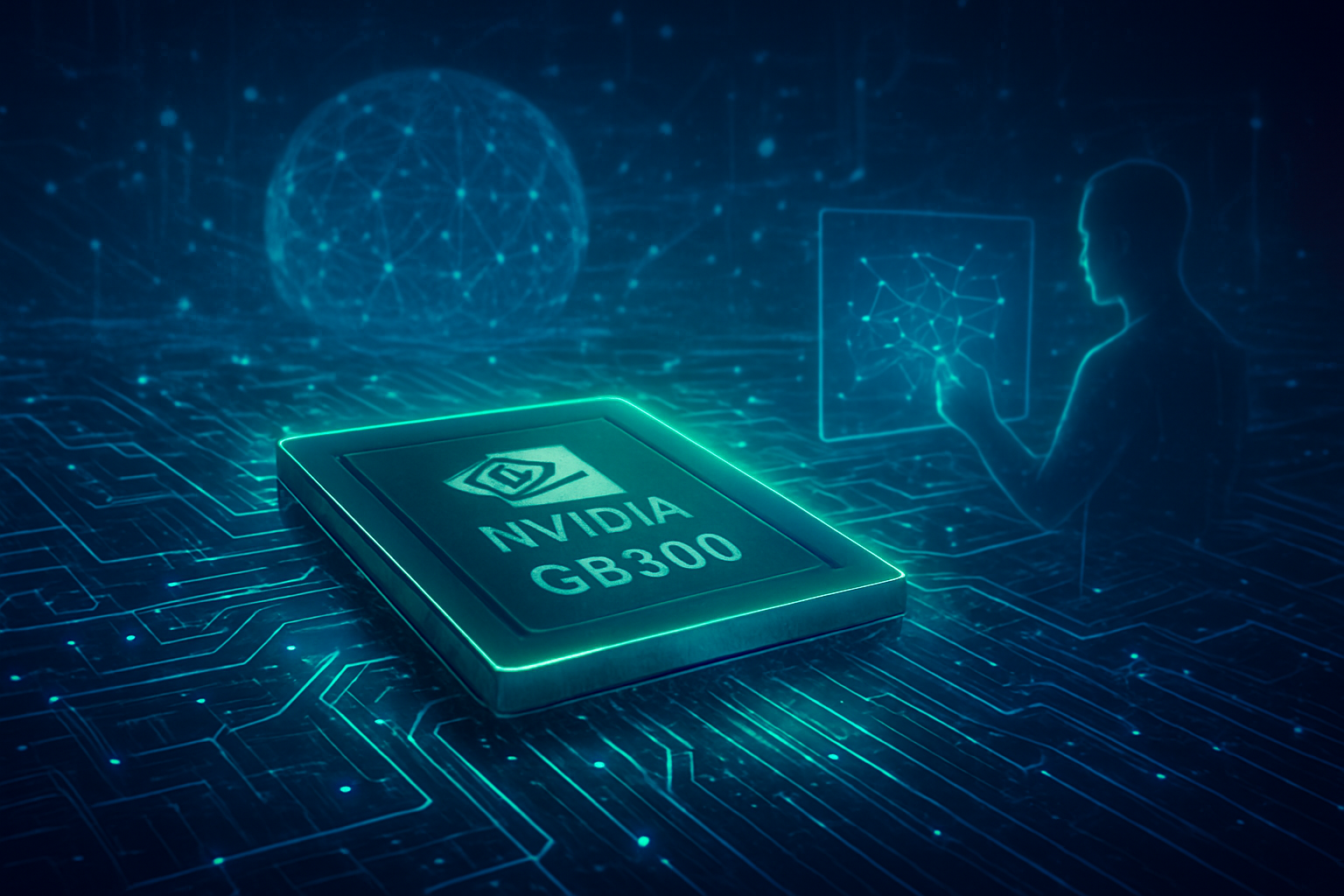As Artificial Intelligence continues its rapid ascent, transforming industries and reshaping global economies at an unprecedented pace, a critical consensus is solidifying across the technology landscape: the success and ethical integration of AI hinge entirely on robust AI governance and resilient data strategies. Organizations accelerating their AI adoption are quickly realizing that these aren't merely compliance checkboxes, but foundational pillars that determine their ability to innovate responsibly, mitigate profound risks, and ultimately thrive in an AI-driven future.
The immediate significance of this shift cannot be overstated. With AI systems increasingly making consequential decisions in areas from healthcare to finance, the absence of clear ethical guidelines and reliable data pipelines can lead to biased outcomes, privacy breaches, and significant reputational and financial liabilities. Therefore, the strategic prioritization of comprehensive governance frameworks and adaptive data management is emerging as the defining characteristic of leading organizations committed to harnessing AI's transformative power in a sustainable and trustworthy manner.
The Technical Imperative: Frameworks and Foundations for Responsible AI
The technical underpinnings of robust AI governance and resilient data strategies represent a significant evolution from traditional IT management, specifically designed to address the unique complexities and ethical dimensions inherent in AI systems. AI governance frameworks are structured approaches overseeing the ethical, legal, and operational aspects of AI, built on pillars of transparency, accountability, ethics, and compliance. Key components include establishing ethical AI principles (fairness, equity, privacy, security), clear governance structures with dedicated roles (e.g., AI ethics officers), and robust risk management practices that proactively identify and mitigate AI-specific risks like bias and model poisoning. Furthermore, continuous monitoring, auditing, and reporting mechanisms are integrated to assess AI performance and compliance, often supported by explainable AI (XAI) models, policy automation engines, and real-time anomaly detection tools.
Resilient data strategies for AI go beyond conventional data management, focusing on the ability to protect, access, and recover data while ensuring its quality, security, and ethical use. Technical components include high data quality assurance (validation, cleansing, continuous monitoring), robust data privacy and compliance measures (anonymization, encryption, access restrictions, DPIAs), and comprehensive data lineage tracking. Enhanced data security against AI-specific threats, scalability for massive and diverse datasets, and continuous monitoring for data drift are also critical. Notably, these strategies now often leverage AI-driven tools for automated data cleaning and classification, alongside a comprehensive AI Data Lifecycle Management (DLM) covering acquisition, labeling, secure storage, training, inference, versioning, and secure deletion.
These frameworks diverge significantly from traditional IT governance or data management due to AI's dynamic, learning nature. While traditional IT manages largely static, rule-based systems, AI models continuously evolve, demanding continuous risk assurance and adaptive policies. AI governance uniquely prioritizes ethical considerations like bias, fairness, and explainability – questions of "should" rather than just "what." It navigates a rapidly evolving regulatory landscape, unlike the more established regulations of traditional IT. Furthermore, AI introduces novel risks such as algorithmic bias and model poisoning, extending beyond conventional IT security threats. For AI, data is not merely an asset but the active "material" influencing machine behavior, requiring continuous oversight of its characteristics.
Initial reactions from the AI research community and industry experts underscore the urgency of this shift. There's widespread acknowledgment that rapid AI adoption, particularly of generative AI, has exposed significant risks, making strong governance imperative. Experts note that regulation often lags innovation, necessitating adaptable, principle-based frameworks anchored in transparency, fairness, and accountability. There's a strong call for cross-functional collaboration across legal, risk, data science, and ethics teams, recognizing that AI governance is moving beyond an "ethical afterthought" to become a standard business practice. Challenges remain in practical implementation, especially with managing vast, diverse datasets and adapting to evolving technology and regulations, but the consensus is clear: robust governance and data strategies are essential for building trust and enabling responsible AI scaling.
Corporate Crossroads: Navigating AI's Competitive Landscape
The embrace of robust AI governance and resilient data strategies is rapidly becoming a key differentiator and strategic advantage for companies across the spectrum, from nascent startups to established tech giants. For AI companies, strong data management is increasingly foundational, especially as the underlying large language models (LLMs) become more commoditized. The competitive edge is shifting towards an organization's ability to effectively manage, govern, and leverage its unique, proprietary data. Companies that can demonstrate transparent, accountable, and fair AI systems build greater trust with customers and partners, which is crucial for market adoption and sustained growth. Conversely, a lack of robust governance can lead to biased models, compliance risks, and security vulnerabilities, disrupting operations and market standing.
Tech giants, with their vast data reservoirs and extensive AI investments, face immense pressure to lead in this domain. Companies like International Business Machines Corporation (NYSE: IBM), with deep expertise in regulated sectors, are leveraging strong AI governance tools to position themselves as trusted partners for large enterprises. Robust governance allows these behemoths to manage complexity, mitigate risks without slowing progress, and cultivate a culture of dependable AI. However, underinvestment in AI governance, despite significant AI adoption, can lead to struggles in ensuring responsible AI use and managing risks, potentially inviting regulatory scrutiny and public backlash. Giants like Apple Inc. (NASDAQ: AAPL) and Microsoft Corporation (NASDAQ: MSFT), with their strict privacy rules and ethical AI guidelines, demonstrate how strategic AI governance can build a stronger brand reputation and customer loyalty.
For startups, integrating AI governance and a strong data strategy from the outset can be a significant differentiator, enabling them to build trustworthy and impactful AI solutions. This proactive approach helps them avoid future complications, build a foundation of responsibility, and accelerate safe innovation, which is vital for new entrants to foster consumer trust. While generative AI makes advanced technological tools more accessible to smaller businesses, a lack of governance can expose them to significant risks, potentially negating these benefits. Startups that focus on practical, compliance-oriented AI governance solutions are attracting strategic investors, signaling a maturing market where governance is a competitive advantage, allowing them to stand out in competitive bidding and secure partnerships with larger corporations.
In essence, for companies of all sizes, these frameworks are no longer optional. They provide strategic advantages by enabling trusted innovation, ensuring compliance, mitigating risks, and ultimately shaping market positioning and competitive success. Companies that proactively invest in these areas are better equipped to leverage AI's transformative power, avoid disruptive pitfalls, and build long-term value, while those that lag risk being left behind in a rapidly evolving, ethically charged landscape.
A New Era: AI's Broad Societal and Economic Implications
The increasing importance of robust AI governance and resilient data strategies signifies a profound shift in the broader AI landscape, acknowledging that AI's pervasive influence demands a comprehensive, ethical, and structured approach. This trend fits into a broader movement towards responsible technology development, recognizing that unchecked innovation can lead to significant societal and economic costs. The current landscape is marked by unprecedented speed in generative AI development, creating both immense opportunity and a "fragmentation problem" in governance, where differing regional regulations create an unpredictable environment. The shift from mere compliance to a strategic imperative underscores that effective governance is now seen as a competitive advantage, fostering responsible innovation and building trust.
The societal and economic impacts are profound. AI promises to revolutionize sectors like healthcare, finance, and education, enhancing human capabilities and fostering inclusive growth. It can boost productivity, creativity, and quality across industries, streamlining processes and generating new solutions. However, the widespread adoption also raises significant concerns. Economically, there are worries about job displacement, potential wage compression, and exacerbating income inequality, though empirical findings are still inconclusive. Societally, the integration of AI into decision-making processes brings forth critical issues around data privacy, algorithmic bias, and transparency, which, if unaddressed, can severely erode public trust.
Addressing these concerns is precisely where robust AI governance and resilient data strategies become indispensable. Ethical AI development demands countering systemic biases in historical data, protecting privacy, and establishing inclusive governance. Algorithmic bias, a major concern, can perpetuate societal prejudices, leading to discriminatory outcomes in critical areas like hiring or lending. Effective governance includes fairness-aware algorithms, diverse datasets, regular audits, and continuous monitoring to mitigate these biases. The regulatory landscape, rapidly expanding but fragmented (e.g., the EU AI Act, US sectoral approaches, China's generative AI rules), highlights the need for adaptable frameworks that ensure accountability, transparency, and human oversight, especially for high-risk AI systems. Data privacy laws like GDPR and CCPA further necessitate stringent governance as AI leverages vast amounts of consumer data.
Comparing this to previous AI milestones reveals a distinct evolution. Earlier AI, focused on theoretical foundations, had limited governance discussions. Even the early internet, while raising concerns about content and commerce, did not delve into the complexities of autonomous decision-making or the generation of reality that AI now presents. AI's speed and pervasiveness mean regulatory challenges are far more acute. Critically, AI systems are inherently data-driven, making robust data governance a foundational element. The evolution of data governance has shifted from a primarily operational focus to an integrated approach encompassing data privacy, protection, ethics, and risk management, recognizing that the trustworthiness, security, and actionability of data directly determine AI's effectiveness and compliance. This era marks a maturation in understanding that AI's full potential can only be realized when built on foundations of trust, ethics, and accountability.
The Horizon: Future Trajectories for AI Governance and Data
Looking ahead, the evolution of AI governance and data strategies is poised for significant transformations in both the near and long term, driven by technological advancements, regulatory pressures, and an increasing global emphasis on ethical AI. In the near term (next 1-3 years), AI governance will be defined by a surge in regulatory activity. The EU AI Act, which became law in August 2024 and whose provisions are coming into effect from early 2025, is expected to set a global benchmark, categorizing AI systems by risk and mandating transparency and accountability. Other regions, including the US and China, are also developing their own frameworks, leading to a complex but increasingly structured regulatory environment. Ethical AI practices, transparency, explainability, and stricter data privacy measures will become paramount, with widespread adoption of frameworks like the NIST AI Risk Management Framework and ISO/IEC 42001 certification. Experts predict that the rise of "agentic AI" systems, capable of autonomous decision-making, will redefine governance priorities in 2025, posing new challenges for accountability.
Longer term (beyond 3 years), AI governance is expected to evolve towards AI-assisted and potentially self-governing mechanisms. Stricter, more uniform compliance frameworks may emerge through global standardization efforts, such as those initiated by the International AI Standards Summit in 2025. This will involve increased collaboration between AI developers, regulators, and ethical advocates, driving responsible AI adoption. Adaptive governance systems, capable of automatically adjusting AI behavior based on changing conditions and ethics through real-time monitoring, are anticipated. AI ethics audits and self-regulating AI systems with built-in governance are also expected to become standard, with governance integrated across the entire AI technology lifecycle.
For data strategies, the near term will focus on foundational elements: ensuring high-quality, accurate, and consistent data. Robust data privacy and security, adhering to regulations like GDPR and CCPA, will remain critical, with privacy-preserving AI techniques like federated learning gaining traction. Data governance frameworks specifically tailored to AI, defining policies for data access, storage, and retention, will be established. In the long term, data strategies will see further advancements in privacy-preserving technologies like homomorphic encryption and a greater focus on user-centric AI privacy. Data governance will increasingly transform data into a strategic asset, enabling continuous evolution of data and machine learning capabilities to integrate new intelligence.
These future developments will enable a wide array of applications. AI systems will be used for automated compliance and risk management, monitoring regulations in real-time and providing proactive risk assessments. Ethical AI auditing and monitoring tools will emerge to assess fairness and mitigate bias. Governments will leverage AI for enhanced public services, strategic planning, and data-driven policymaking. Intelligent product development, quality control, and advanced customer support systems combining Retrieval-Augmented Generation (RAG) architectures with analytics are also on the horizon. Generative AI tools will accelerate data analysis by translating natural language into queries and unlocking unstructured data.
However, significant challenges remain. Regulatory complexity and fragmentation, ensuring ethical alignment and bias mitigation, maintaining data quality and accessibility, and protecting data privacy and security are ongoing hurdles. The "black box" nature of many AI systems continues to challenge transparency and explainability. Establishing clear accountability for AI-driven decisions, especially with agentic AI, is crucial to prevent "loss of control." A persistent skills gap in AI governance professionals and potential underinvestment in governance relative to AI adoption could lead to increased AI incidents. Environmental impact concerns from AI's computational power also need addressing. Experts predict that AI governance will become a standard business practice, with regulatory convergence and certifications gaining prominence. The rise of agentic AI will necessitate new governance priorities, and data quality will remain the most significant barrier to AI success. By 2027, Gartner, Inc. (NYSE: IT) predicts that three out of four AI platforms will include built-in tools for responsible AI, signaling an integration of ethics, governance, and compliance.
Charting the Course: A Comprehensive Look Ahead
The increasing importance of robust AI governance and resilient data strategies marks a pivotal moment in the history of artificial intelligence. It signifies a maturation of the field, moving beyond purely technical innovation to a holistic understanding that the true potential of AI can only be realized when built upon foundations of trust, ethics, and accountability. The key takeaway is clear: data governance is no longer a peripheral concern but central to AI success, ensuring data quality, mitigating bias, promoting transparency, and managing risks proactively. AI is seen as an augmentation to human oversight, providing intelligence within established governance frameworks, rather than a replacement.
Historically, the rapid advancement of AI outpaced initial discussions on its societal implications. However, as AI capabilities grew—from narrow applications to sophisticated, integrated systems—concerns around ethics, safety, transparency, and data protection rapidly escalated. This current emphasis on governance and data strategy represents a critical response to these challenges, recognizing that neglecting these aspects can lead to significant risks, erode public trust, and ultimately hinder the technology's positive impact. It is a testament to a collective learning process, acknowledging that responsible innovation is the only sustainable path forward.
The long-term impact of prioritizing AI governance and data strategies is profound. It is expected to foster an era of trusted and responsible AI growth, where AI systems deliver enhanced decision-making and innovation, leading to greater operational efficiencies and competitive advantages for organizations. Ultimately, well-governed AI has the potential to significantly contribute to societal well-being and economic performance, directing capital towards effectively risk-managed operators. The projected growth of the global data governance market to over $18 billion by 2032 underscores its strategic importance and anticipated economic influence.
In the coming weeks and months, several critical areas warrant close attention. We will see stricter data privacy and security measures, with increasing regulatory scrutiny and the widespread adoption of robust encryption and anonymization techniques. The ongoing evolution of AI regulations, particularly the implementation and global ripple effects of the EU AI Act, will be crucial to monitor. Expect a growing emphasis on AI explainability and transparency, with businesses adopting practices to provide clear documentation and user-friendly explanations of AI decision-making. Furthermore, the rise of AI-driven data governance, where AI itself is leveraged to automate data classification, improve quality, and enhance compliance, will be a transformative trend. Finally, the continued push for cross-functional collaboration between privacy, cybersecurity, and legal teams will be essential to streamline risk assessments and ensure a cohesive approach to responsible AI. The future of AI will undoubtedly be shaped by how effectively organizations navigate these intertwined challenges and opportunities.
This content is intended for informational purposes only and represents analysis of current AI developments.
TokenRing AI delivers enterprise-grade solutions for multi-agent AI workflow orchestration, AI-powered development tools, and seamless remote collaboration platforms.
For more information, visit https://www.tokenring.ai/.

